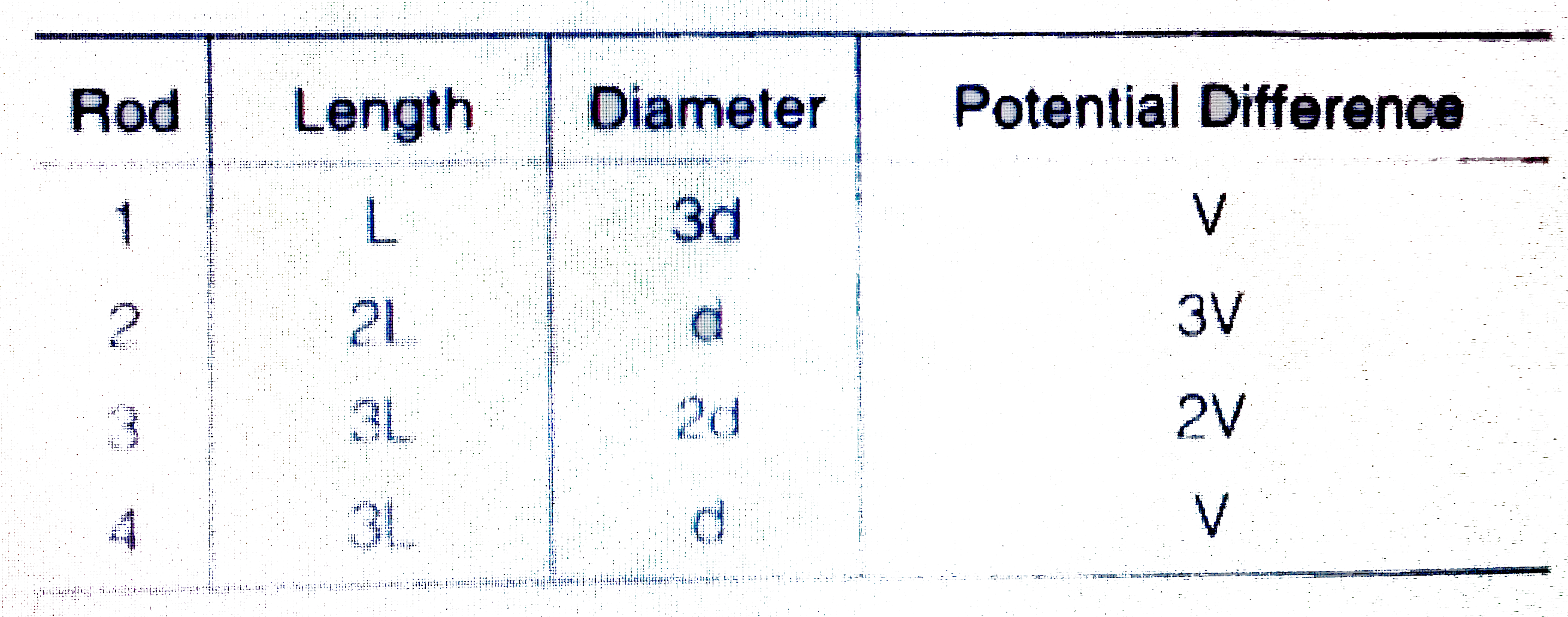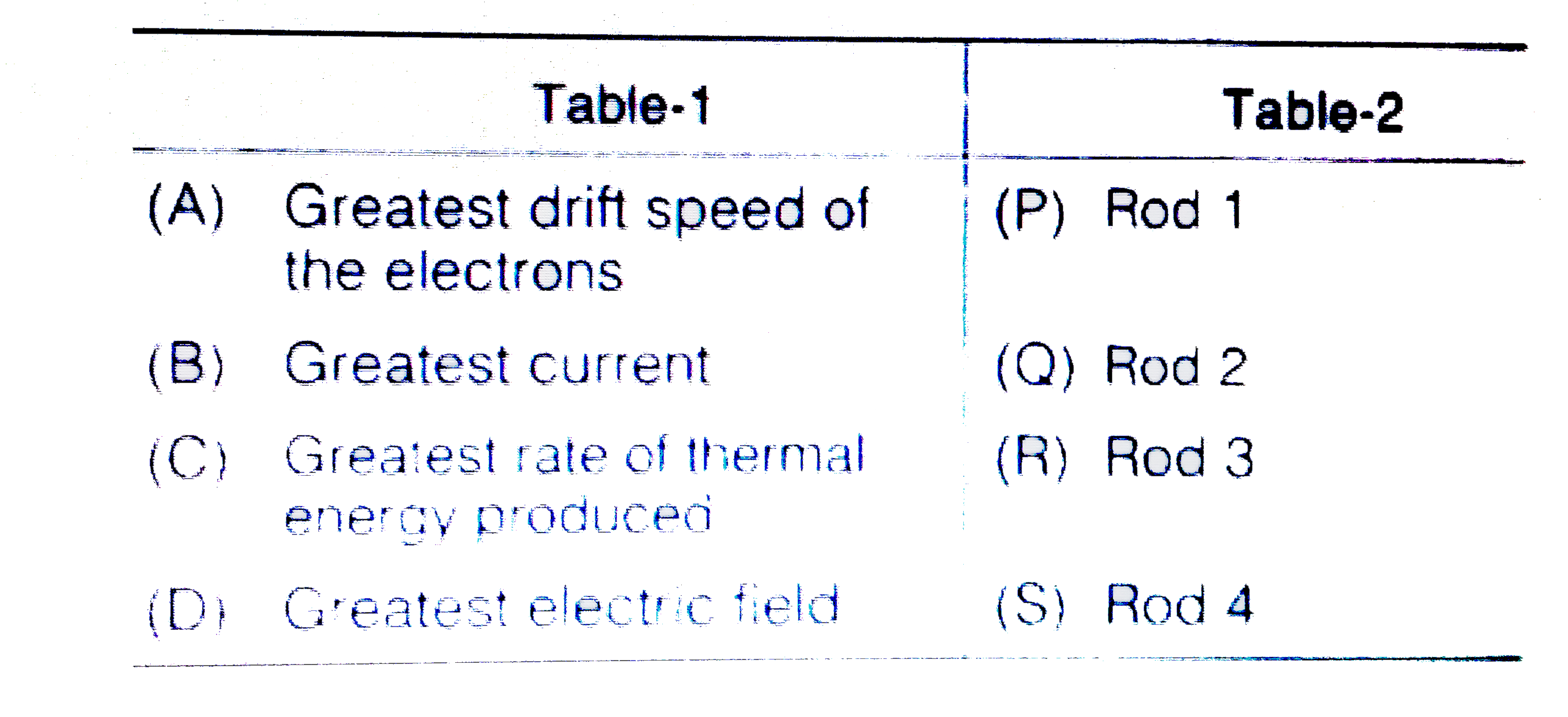If the temperatures on both ends of a conductors are different then the emf between them is called
seaback emf
paltier emf
thomson emf
none of these
To solve the question regarding the electromotive force (emf) generated in a conductor when there is a temperature difference between its ends, we can follow these steps:
1. Understanding the Concept:
- When there is a temperature difference across a conductor, it can lead to a difference in electric potential. This phenomenon is related to the behavior of charge carriers in the conductor when subjected to varying temperatures.
Hint: Recall that temperature can affect the mobility of charge carriers in a conductor.
2. Identifying the Effect:
- The effect of generating an emf due to a temperature difference in a conductor is known as the Thomson effect. This effect describes how a temperature gradient in a conductor can induce an electromotive force.
Hint: Think about how heat affects the movement of electrons in a material.
3. Defining the EMF:
- The electromotive force generated due to the temperature difference is specifically referred to as Thomson EMF. This is a specific type of emf that arises in conductors when there is a thermal gradient.
Hint: Remember that different types of emf can arise from various physical phenomena, and in this case, it is due to thermal effects.
4. Selecting the Correct Option:
- Based on the understanding that the emf generated due to a temperature difference in a conductor is called Thomson EMF, we can conclude that the correct answer to the question is "Thomson EMF".
Hint: Look for the option that directly mentions Thomson EMF in the given choices.
Final Answer:
The emf between the ends of a conductor when the temperatures are different is called Thomson EMF.
- When there is a temperature difference across a conductor, it can lead to a difference in electric potential. This phenomenon is related to the behavior of charge carriers in the conductor when subjected to varying temperatures.
- The effect of generating an emf due to a temperature difference in a conductor is known as the Thomson effect. This effect describes how a temperature gradient in a conductor can induce an electromotive force.
- The electromotive force generated due to the temperature difference is specifically referred to as Thomson EMF. This is a specific type of emf that arises in conductors when there is a thermal gradient.
- Based on the understanding that the emf generated due to a temperature difference in a conductor is called Thomson EMF, we can conclude that the correct answer to the question is "Thomson EMF".
The emf between the ends of a conductor when the temperatures are different is called Thomson EMF.
Similar Questions
Find the emf induced across the ends of the conductor shown in the figure

View SolutionThe ratio of the diameters of two metallic rods of the same material is 2:1 and their lengths are in the ratio 1:4. If the temperature difference between their ends are equal, the rate of flow of heat in them will be in the ratio
View SolutionConsider the following quantities: number density of free electrons, n, mean free time of electrons between collisions,t , drift velocity of electrons, vd , resistivity, p.
A constant potential difference is applied across a conductor. Assuming that the temperature of the conductor remains constant, which of these quantities is/are independent of the magnitude of the potential difference applied?
View Solutionthe following table gives the lengths of four copper rods at the temperature ,their diameters and the potential differences between their ends.


View SolutionHeat is flowing through two cylindrical rods of the same material . The diameters of the rods are in the ratio 1:2 and the lengths in the ratio 2:1.If the temperature difference between the ends be the same ,then the ratio of the rate of flow if heat through them will be ?
View SolutionDerive the expression for the current density of a conductor in terms of the conductivity and applied electic field. Explain with reason how the mobility of electrons in a conductor changes when the potential difference applied is doubled, keeping the temperature of the conductor constant.
View SolutionIf V is the potential difference between the ends of conductor and l is the current through it, then ohm's law states that
View SolutionIf the potential difference across the ends of a conductor is doubled, the current flowing through it gets
View SolutionIf the potential difference across the ends of a conductor is doubled, the energy loss becomes-
View SolutionThe number of electrons in an insulator is of the same order as the number of electrons in a conductor. What is then the basic difference between a conductor and an insulator ?
View Solution
